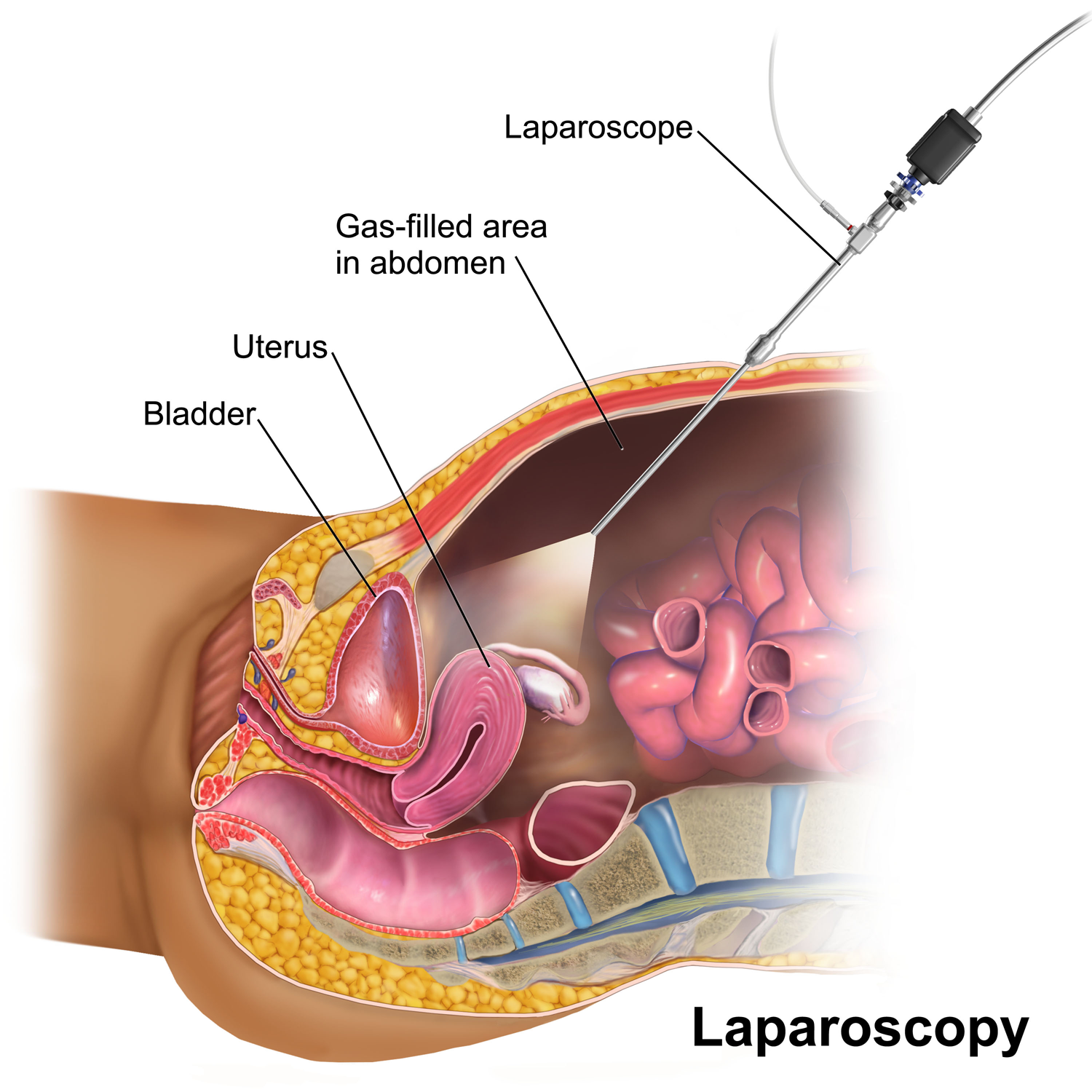
Laparoscopy for the treatment of malignancies in the ovaries, uterus, and cervix is a minimally invasive surgical procedure that offers several benefits over traditional open surgery. If you have been advised to undergo laparoscopy for malignancy, here is some information about the procedure and helpful tips for patients:
Understanding the Procedure:
- Laparoscopy involves making small incisions in the abdomen, through which a laparoscope (a thin, flexible tube with a camera) and surgical instruments are inserted.
- The laparoscope provides high-definition images of the affected area, allowing the surgeon to visualize and evaluate the malignancy.
- The surgeon uses specialized instruments to remove or treat cancerous tissues, perform biopsies, or perform other necessary procedures.
- Laparoscopy is typically performed under general anesthesia, ensuring that you are comfortable and pain-free during the procedure.
- Reduced Morbidity: Laparoscopy offers a minimally invasive approach, resulting in less pain, smaller incisions, and reduced scarring compared to open surgery.
- Quicker Recovery: The minimally invasive nature of laparoscopy often leads to a faster recovery time, allowing you to resume your daily activities sooner.
- Enhanced Visualization: The laparoscope provides the surgeon with clear and magnified images of the affected area, facilitating precise surgical interventions.
- Improved Surgical Outcomes: Laparoscopy enables the surgeon to remove or treat cancerous tissues while minimizing damage to healthy surrounding structures, potentially leading to improved treatment outcomes.
- Consultation and Preoperative Evaluation: Meet with your surgeon to discuss the procedure, review your medical history, and undergo any necessary preoperative tests or evaluations.
- Medication and Fasting: Follow your surgeon's instructions regarding fasting before the surgery and the intake of any prescribed medications.
- Arrange for Support: Ensure that you have someone to accompany you to the hospital, drive you home after the procedure, and provide assistance during the initial recovery phase.
- Pain Management: Your surgeon will prescribe pain medication to help manage any discomfort or pain during the recovery period. Follow the medication instructions carefully.
- Wound Care: Keep the incision sites clean and dry as instructed by your surgeon. Avoid excessive movement or lifting heavy objects that could strain the incisions.
- Follow-up Appointments: Attend all scheduled follow-up appointments with your surgeon to monitor your progress, receive test results, and address any concerns or questions you may have.
- Adopt a Healthy Lifestyle: Maintain a nutritious diet, engage in light physical activity as advised by your surgeon, and prioritize self-care to support your overall well-being during the recovery phase.